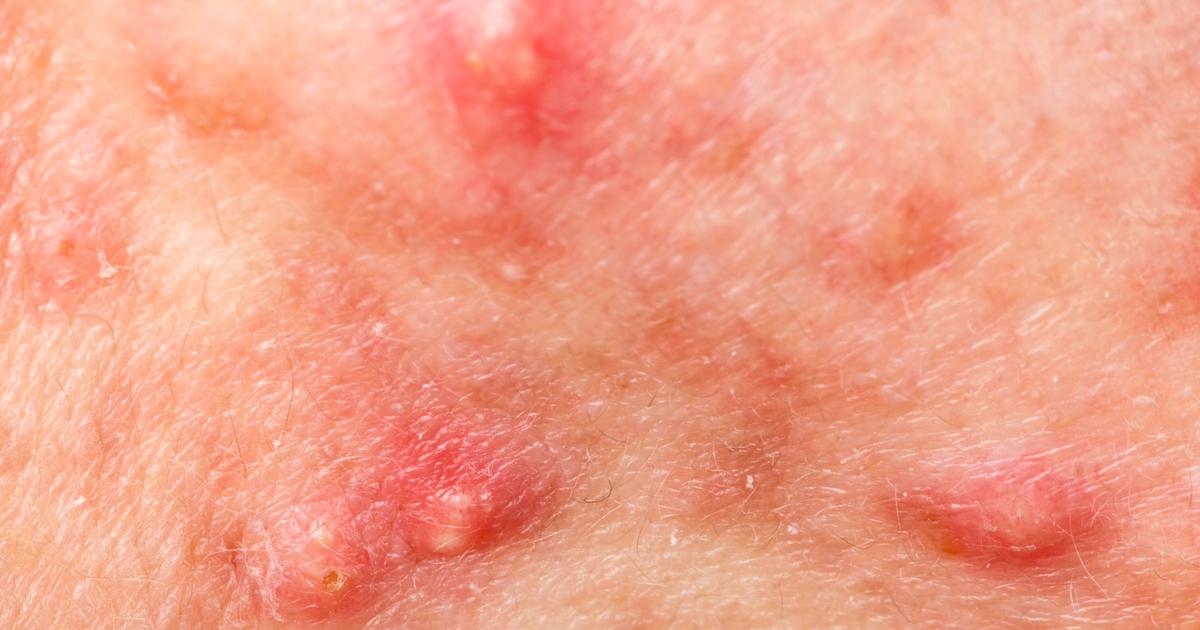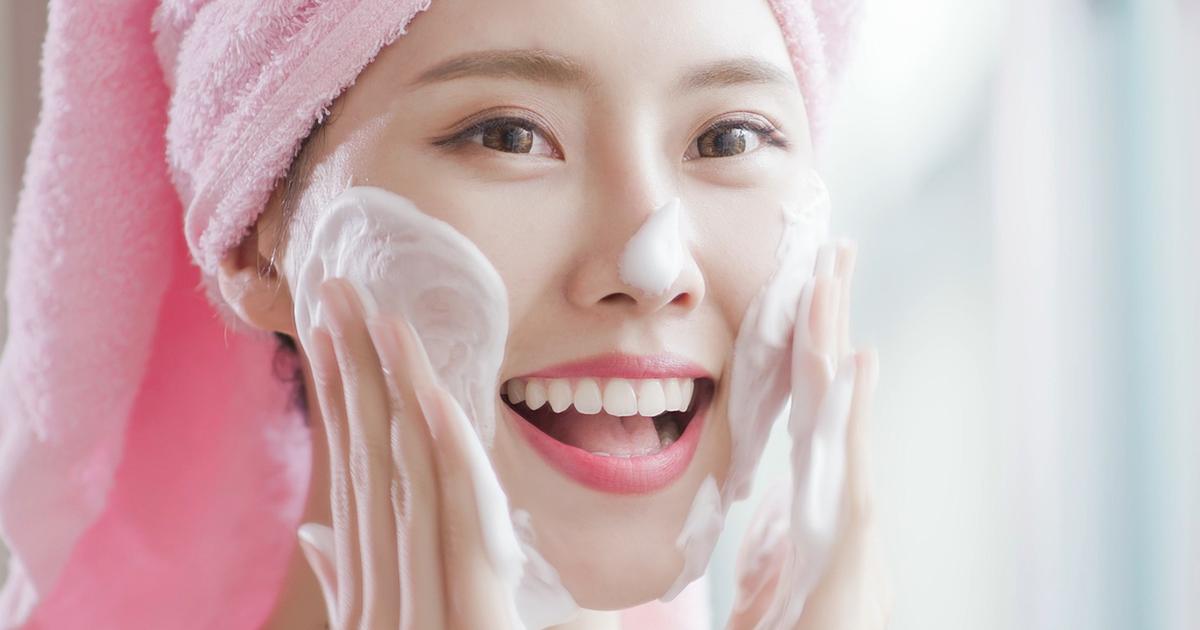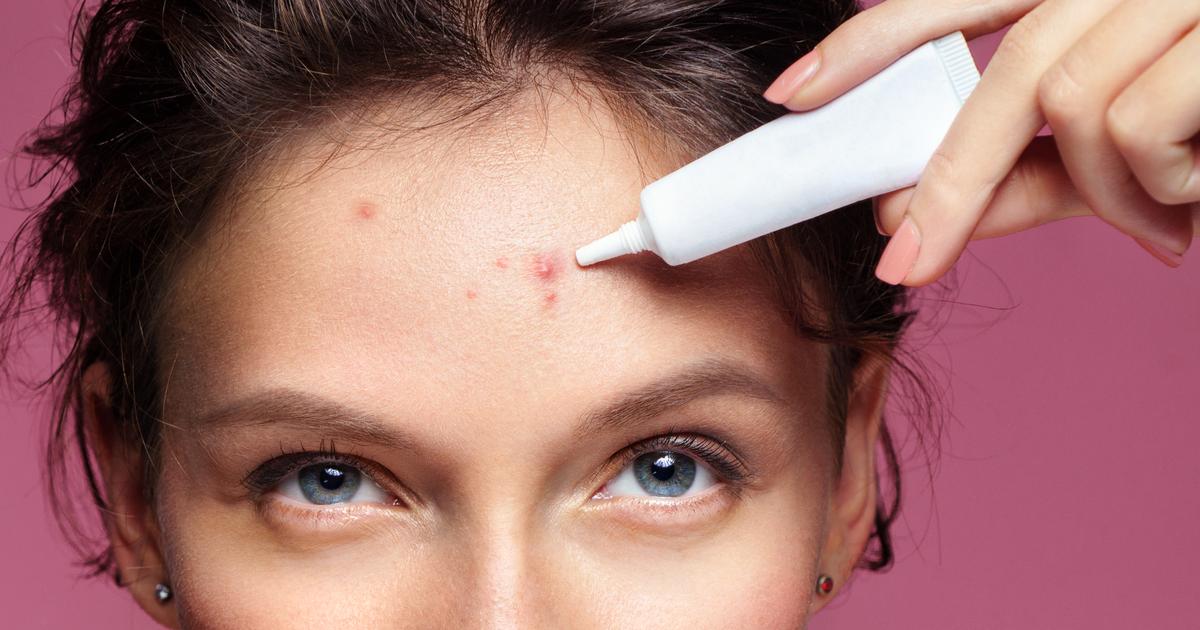Guide To Acne Symptoms And Solutions
Acne is an incredibly common skin condition just about everyone deals with to some degree during their lifetime. The most common time for individuals to experience acne is during their teenage years, but many also deal with it well into adulthood. Acne typically occurs when pores become clogged with dirt, oil or dead skin cells. Most of the time acne can be easily treated with over-the-counter remedies from a pharmacy, but for severe cases of acne, individuals sometimes need to visit their doctor or dermatologist to develop a more detailed treatment plan.
The vast majority of individuals think they know what acne looks like, but many may be surprised to learn acne can look different on some individuals. This is why certain cases of acne may go unrecognized as acne for longer. Get the full details on the symptoms of acne and some of the most common solutions now.
Whiteheads And Blackheads

Whiteheads and blackheads are perhaps what many imagine when they think about acne and its symptoms. They are also known as comedones and are typically found on the face. Whiteheads are the closed variety, and they are follicles filled with substances such as sebum, keratin, and dead skin cells. They only have a small opening on the surface of the skin, and since air cannot get through, the material filling the follicles remains white, since it cannot oxidize. Blackheads are the opposite as they are considered open comedones and have a wider opening, which allows the materials filling the follicles (which is the same material as in whiteheads) to become oxidized, giving them their black color.
Papules And Pustules

Papules are small, red, and tender bumps on the skin, and are often the precursor to pustules, which are more commonly referred to as pimples, though when speaking about both of these, most individuals simply refer to both of them as pimples. Pustules are papules that contain some pus at their tips. They mostly appear on the face, but can also appear on the chest and back. When the red bumps or blackheads remain blocked by the excess sebum, dead skin cells, and other pore-clogging materials, they can progress to the pustule stage.
Nodules And Cystic Lesions

When it comes to acne, most individuals don’t know about nodules and cystic lesions, unless, of course, they suffer from this particular presentation of acne. Nodules are hard and painful lumps beneath the skin and are often fairly large when compared to other presentations of acne, like whiteheads. Cystic lesions, which are often referred to as cystic acne, are also painful lumps found beneath the surface of the skin, though they are also filled with pus. Cystic acne is considered a far more severe form of acne than the others, and, unfortunately, causes more issues with self-esteem, particularly since it can be incredibly frustrating to treat.
Getting Skincare In Line

For many individuals dealing with acne, all they really need to do is get their skincare routine in line to see a significant improvement in their symptoms. If they don't do anything besides splash their face with water, now is the time to start. If they are using products but are still having issues with acne, they should look at what they are actually using and seeing if adjustments are necessary. Everyone should be using a cleanser, but depending on their skin type, they likely need different formulations, Someone with oily skin, for example, should not use a cleanser meant for dry skin. Everyone should also be using a moisturizer twice a day (morning and night), even if they suffer from acne or have oily skin (or both). Like cleansers, individuals should be using a moisturizer suited to their skin type. Cleansers ensure dirt, dead skin, pollution, and more are washed from the skin, and moisturizers help keep skin hydrated so it doesn't dry out or start producing excess oil to compensate for what cleansers make take away. There are even some cleansers and moisturizers designed to treat acne!
Topical Medication

When it comes to treating acne, aside from practicing good skin hygiene with regular cleansing and moisturizing, the vast majority of individuals will also look for topical medication. These are often found in over-the-counter spot treatments, normally in cream or gel formulations, and are placed directly on the problem areas after cleansing. Other topical medicated treatments can be found as cleansing pads, which are swiped across the face to help deposit the medication on the problem areas. The most common over-the-counter topical treatments for acne are usually made with either salicylic acid or benzoyl peroxide. There are also stronger topical treatments available with a doctor’s prescription. One such example is ana acne ointment formulated with a combination of benzoyl peroxide and clindamycin. Prescription treatments like these are usually reserved for severe cases, and most doctors will recommend over-the-counter options first.
